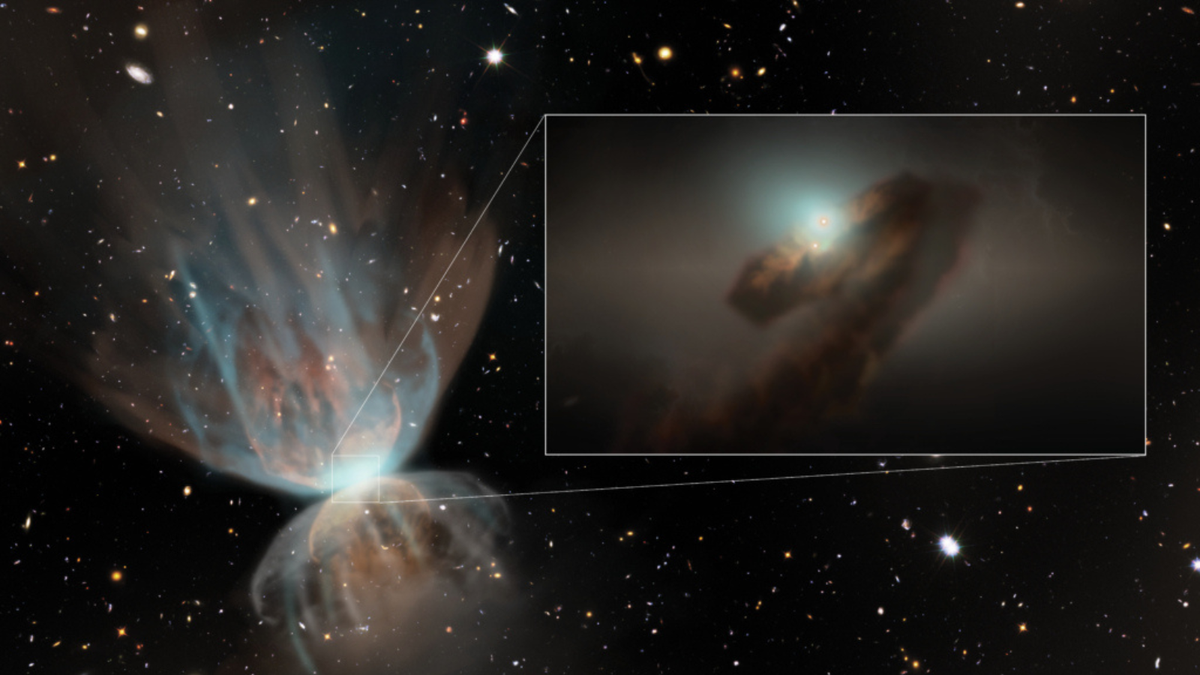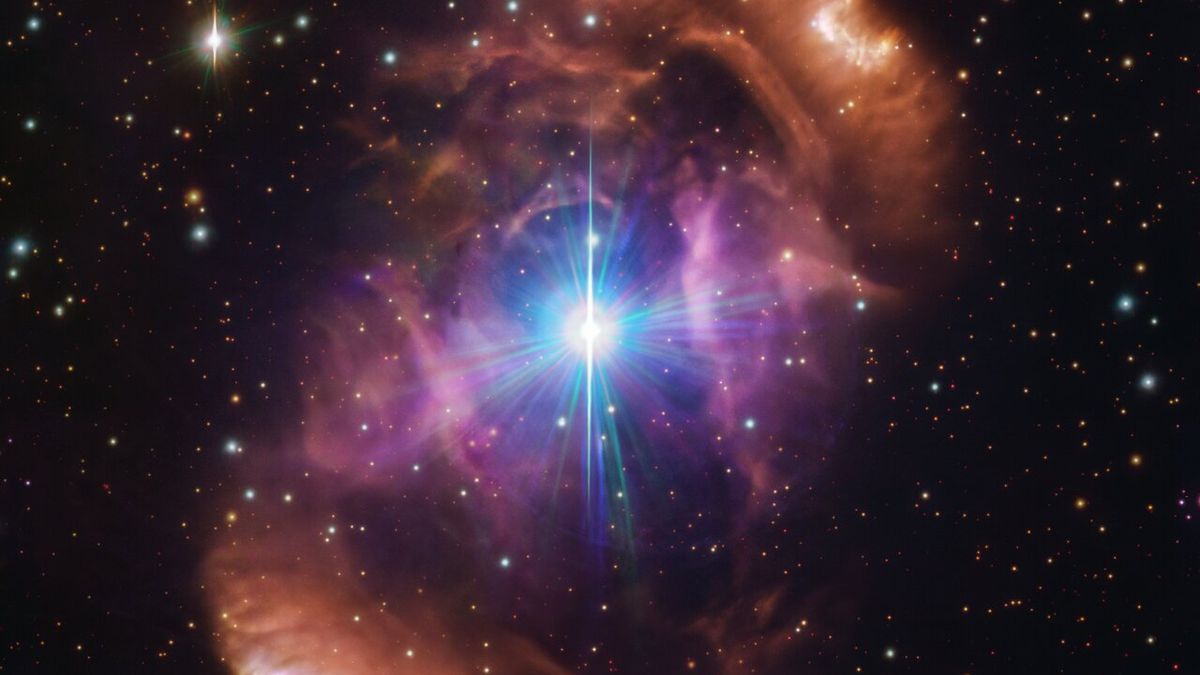Decoding the Enigmatic Eruptions of FU Orionis: A Groundbreaking Discovery
A pair of binary stars, named FU Orionis (FU Ori), situated approximately 1,500 light-years away from Earth within the constellation of Orion, has left astronomers perplexed for nearly nine decades due to their consistent eruptions over the span of a century. However, the veil of mystery enveloping this celestial phenomenon has, at long last, been lifted.
Initial shockwaves reverberated through the astronomical community in 1936 when FU Ori underwent a sudden surge in luminosity, intensifying its brightness by a factor of around 1,000. Such explosive light amplification typically corresponds with aging, dying stars. Nevertheless, FU Orionis defied expectations as its stars, estimated to be a mere 2 million years old, rank as cosmic infants when juxtaposed with our solar system’s middle-aged celestial body, approximately 4.6 billion years old.
A Revelation Unveiled Through Advanced Technology
Recent breakthroughs have emerged courtesy of a dedicated team of researchers utilizing the Atacama Large Millimeter/submillimeter Array (ALMA), which encompasses 66 radio telescopes within Northern Chile. Through meticulous scrutiny, they have succeeded in unraveling the enigma shrouding FU Ori’s eruptions, propelling the elucidation to the forefront of astrophysical discourse.
The celestial outburst exhibited by FU Orionis heralded the advent of an entirely novel stellar classification: FUor stars, characterized by abrupt luminosity spikes followed by gradual fading over prolonged durations. By delving into the extrinsic accumulation of energy – a process akin to the foundational mechanisms underpinning celestial body development – scientists have pinpointed the gravitational accretion of material as the prime culprit.
Antonio Hales, spearheading the investigative effort at the National Radio Astronomy Observatory (NRAO), articulated, “FU Ori’s protracted eruption hinges on its relentless consumption of surrounding material over the course of a century. At long last, we have turned the tide, substantiating the mechanism through direct observational assessment of the fuel source facilitating these eruptions.”
Engaging in an in-depth examination of FU Orionis since ALMA’s inaugural observations in 2012 has led to a compelling narrative unraveling. The salient “smoking gun” manifests as a slender filament, predominantly composed of carbon monoxide, cascading onto the twin stars of FU Ori. While the current gas flow serves as a vital feedstock for the stellar bodies, it singularly fails to account for the sustained era of eruptions and enhanced luminosity spanning a century.
A Glimpse into Stellar Interaction and Evolutionary Trajectories
Hypotheses advanced by the research consortium suggest that the prevailing observation via ALMA represents vestiges of a grander reservoir of matter that previously fed into this nascent star system:
“It is conceivable that an interaction with a more extensive gas stream triggered system destabilization, ushering in the era of augmented luminosity,” Hales elucidated.
To discern variances within the emissions emanating from this celestial ensemble and to detect the volumetric flow of matter enveloping it, the team conducted an array of observations atop the arid plateaus of the Atacama Desert, utilizing diverse configurations of ALMA’s radio antennas. Augmenting these empirical observations, numerical models were deployed to simulate gas inflow dynamics towards the burgeoning infant stars of FU Orionis.
Team member Aashish Gupta, a distinguished Ph.D. candidate at the European Southern Observatory (ESO), contributed prudently to the initiative by conceptualizing a pragmatic model governing the matter stream vitalizing FU Ori.
Deciphering Cosmic Puzzles: Implications and Future Prospects
Beyond the elucidation of the matter-laden tendril cascading towards FU Orionis, the investigative team gleaned insights into an outward stream of carbon monoxide, meandering at a decelerated pace from the system. This outflow, juxtaposed against prior eruptions within the system, closely mirrors similar ejections documented in conjunction with protostars, proto-stellar entities bereft of sufficient mass to facilitate hydrogen-helium fusion within their cores.
“The convoluted genesis of FUor stars underscores the broader narrative of stellar and planetary genesis,” Hales contended. “We posit that all stars undergo cyclical outbursts, exerting an indelible influence on the chemical profile of the accretion discs enveloping embryonic stars and the nascent planets forming therein.”
The culmination of the team’s investigations are slated for publication in the forthcoming edition of the Astrophysical Journal, scheduled for Monday, April 29, marking a seminal contribution to the annals of astronomic scholarship.
Image/Photo credit: source url





